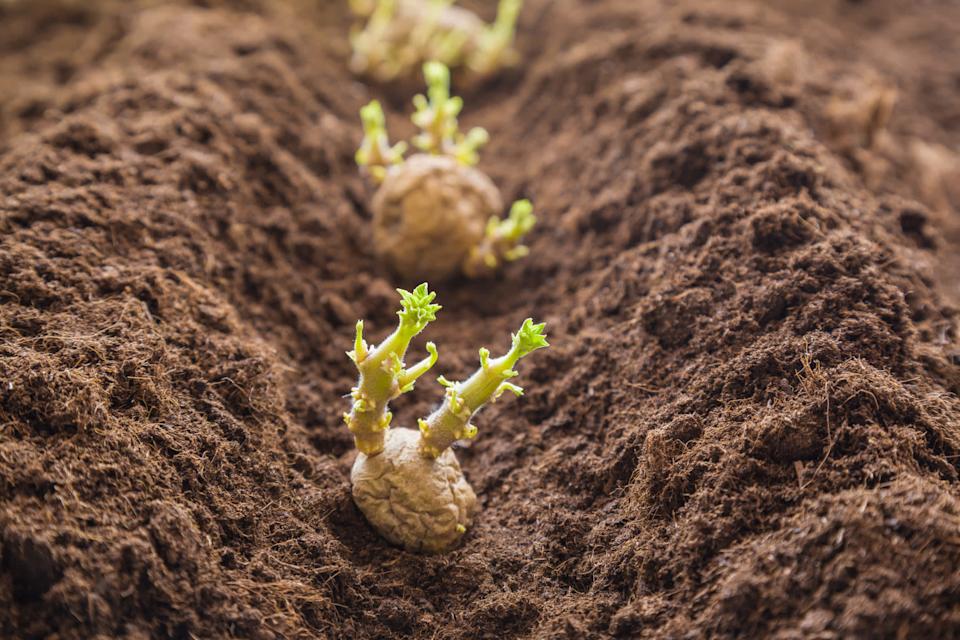Icelandic farmers experienced one of their worst potato harvests in over three decades.
In 2024, they harvested 5,514 tons, according to Statistics Iceland, a significant decrease from the 7,298 tons harvested the year before.
What’s happening?
Last summer’s harsh weather in northern Iceland left the soil cold and waterlogged. These conditions led to crop losses for farmers, including potatoes, carrots, turnips, and grains, The Reykjavik Grapevine reported.
The precipitation in Akureyri measured more than twice the 1991 to 2020 average, per Iceland Review, while Reykjavik was 35% above average. There was also an unusually high amount of snow. This combination of cold and wet conditions harms potatoes and other root vegetables.
Potatoes grow ideally in well-drained soil with daytime temperatures between 60 and 70 degrees Fahrenheit. They require consistent moisture, and waterlogged tubers are susceptible to rot and disease.
Why is this agricultural event concerning?
Iceland’s 32-year low potato harvest highlights how colder temperatures and heavy rainfall can reduce crop yields, potentially leading to food shortages and rising prices.
Watch now: Easy-to-use app can help slash your grocery bill in half
Unpredictable weather conditions disrupt typical growing seasons. Excessive rain leads to crop rot and soil degradation, burdening farmers economically. That means higher prices at the supermarket and an ever-increasing reliance on imports.
Consumers likely felt the impact at grocery stores, where a reduced supply can drive up prices. While data is not yet available for this period, RUV reported that Icelandic farmers have warned that rising energy costs could push vegetable prices to increase by 12% by the end of the year, according to Iceland Review.
Similar price surges occurred elsewhere in 2024. South Africa’s potato prices doubled after frost devastated crops, per Mail & Guardian, and Ukraine experienced a 56% spike in vegetable inflation due to adverse weather conditions, according to Business Standard.
What can we do about it?
Farmers may not be able to change the weather, but they can adapt their methods to minimize the problem. They can implement sustainable practices, improve drainage and irrigation systems, and grow flood and drought-resistant crops. Greenhouse farming is also an excellent way to protect crops from the unpredictability of weather.
|
What is the biggest reason you don’t grow food at home? Click your choice to see results and speak your mind. |
Governments and policymakers can invest in sustainable agriculture, financially support farmers, and encourage local food production.
Consumers also have a role to play. Consider buying from sustainable farms, reducing food waste, and advocating for climate-friendly policies.
Join our free newsletter for easy tips to save more and waste less, and don’t miss this cool list of easy ways to help yourself while helping the planet.
Yahoo News – Latest News & Headlines
Read the full article .


